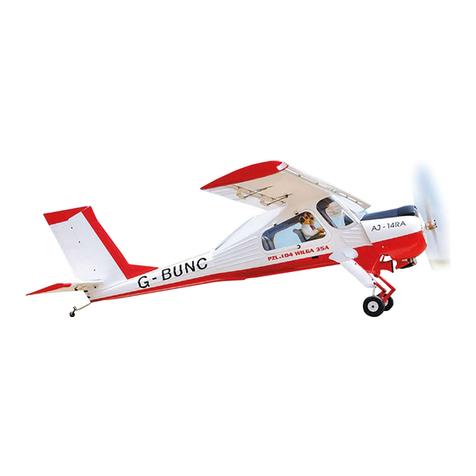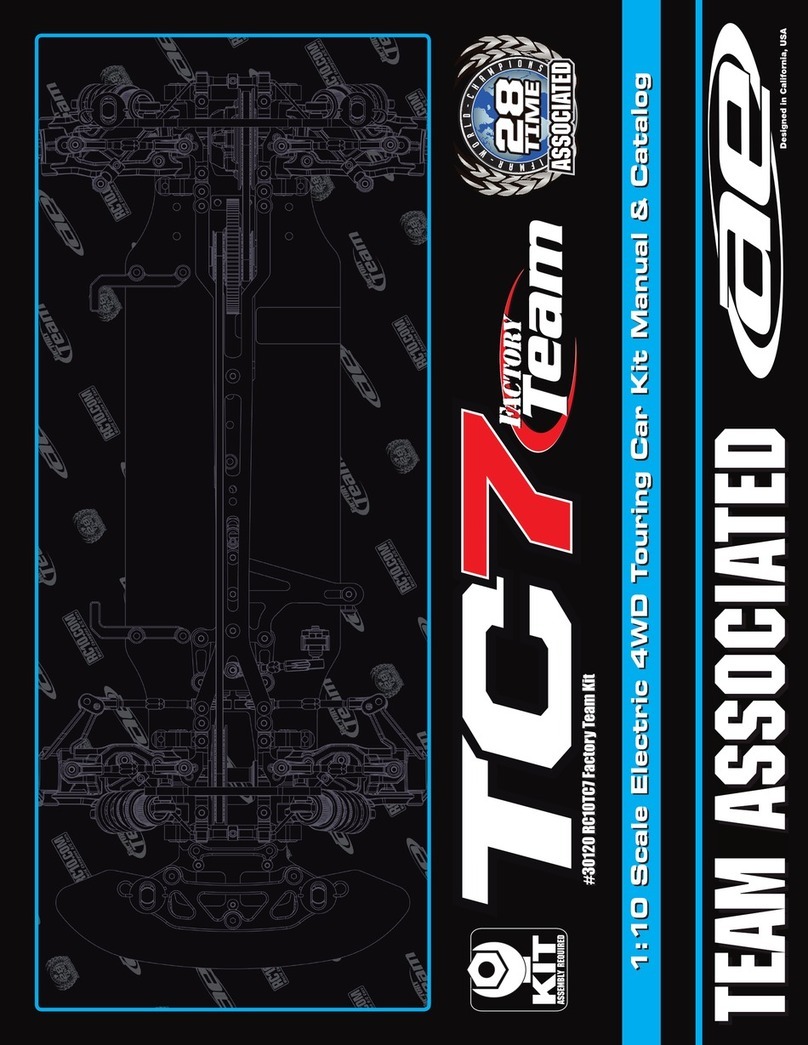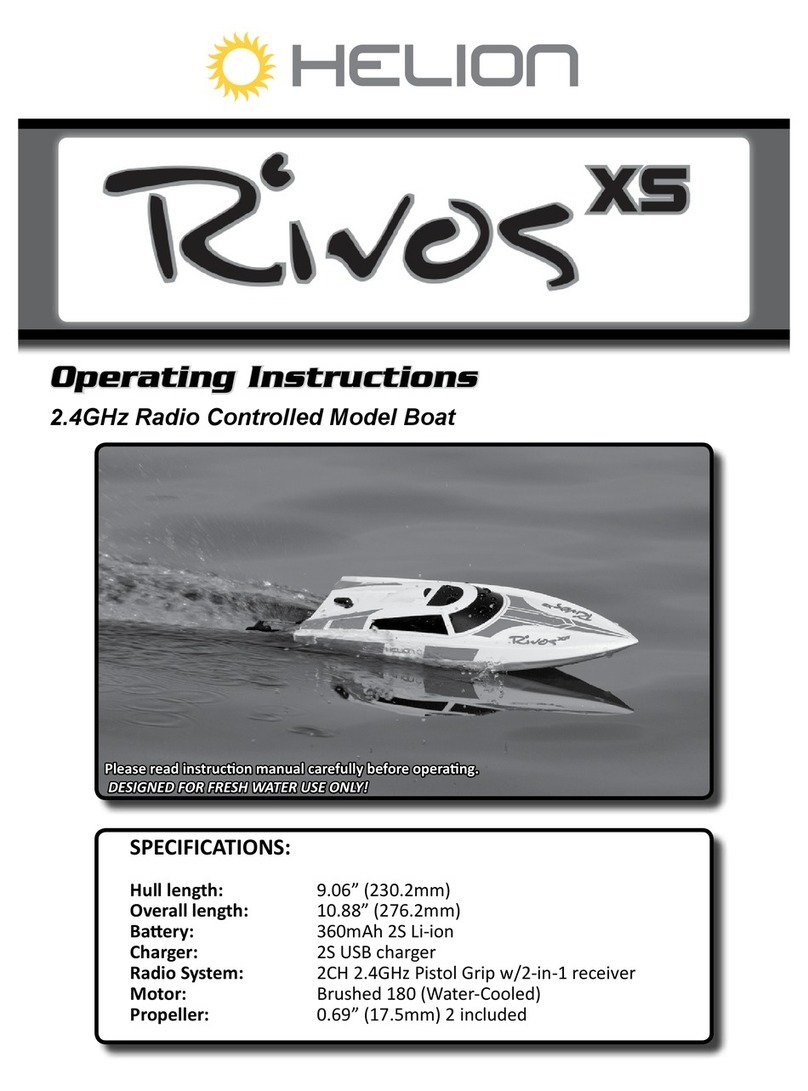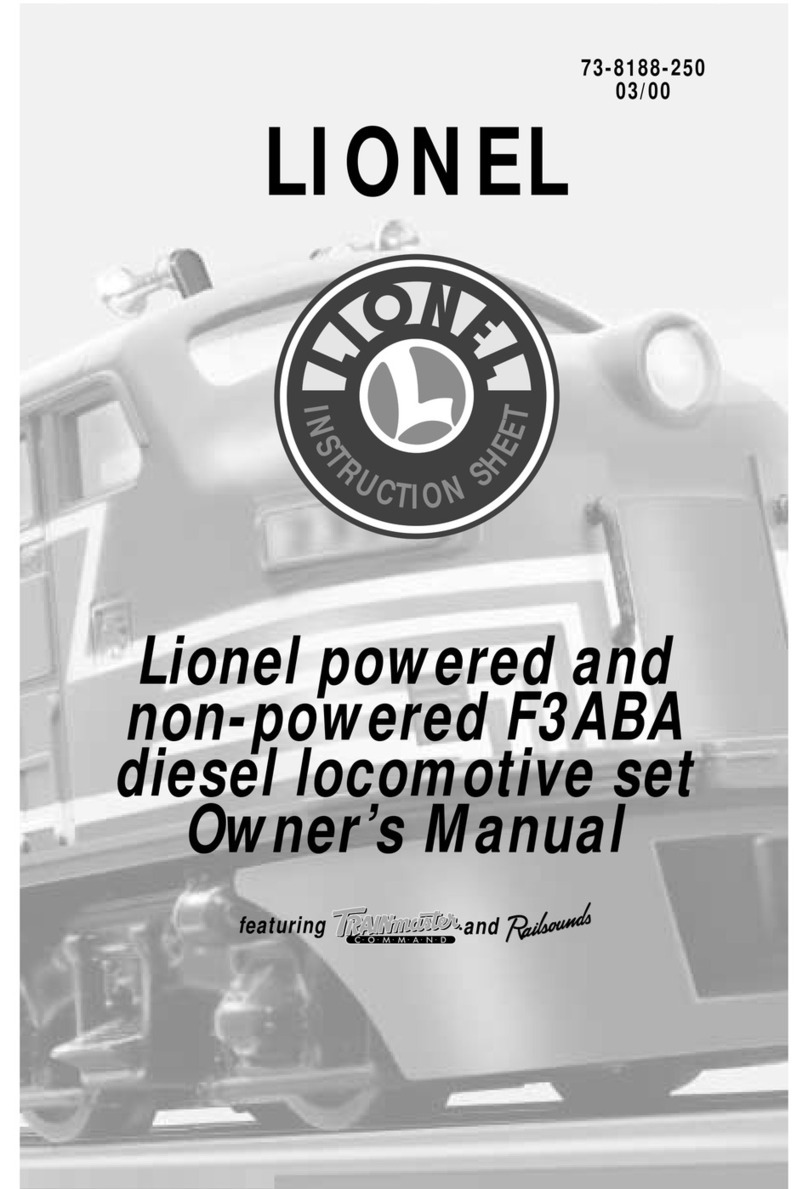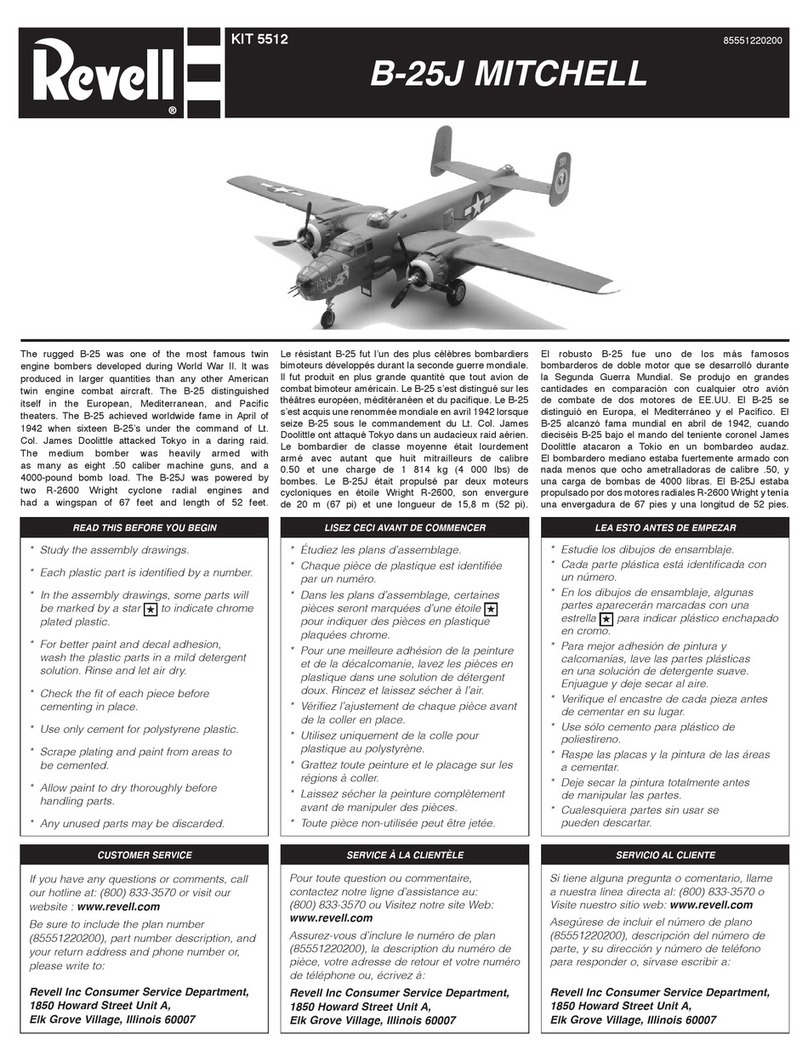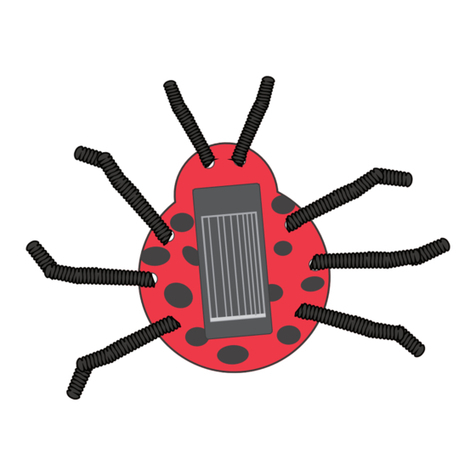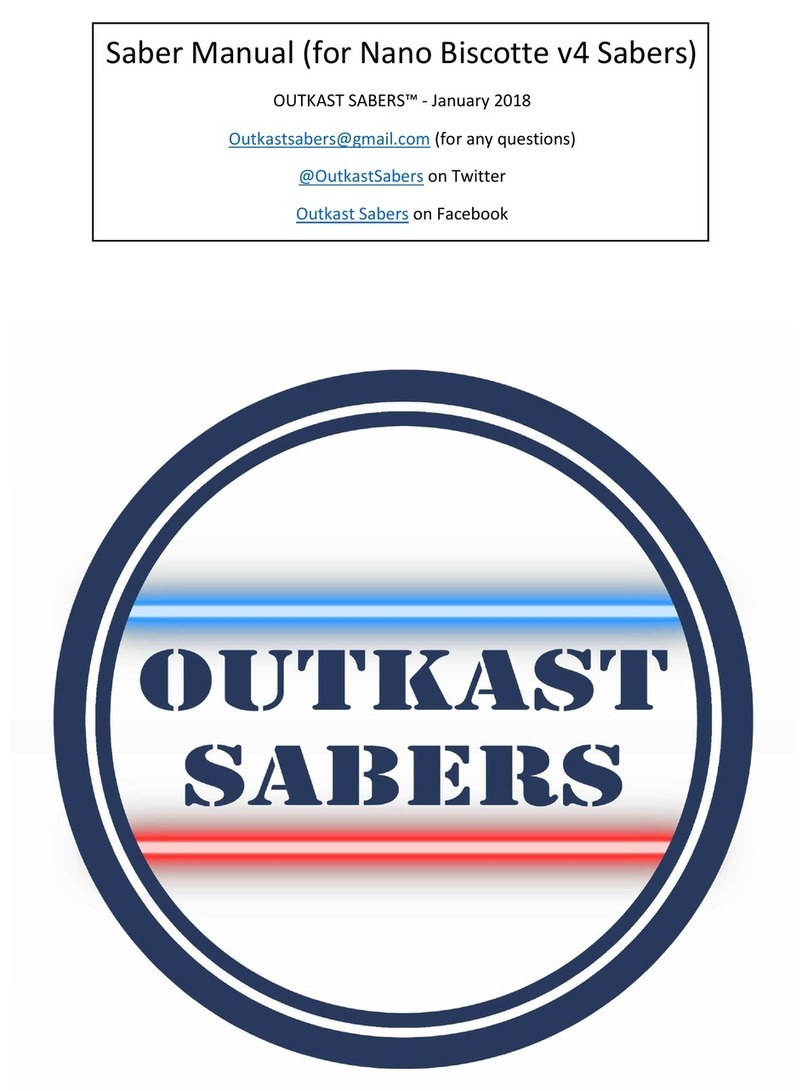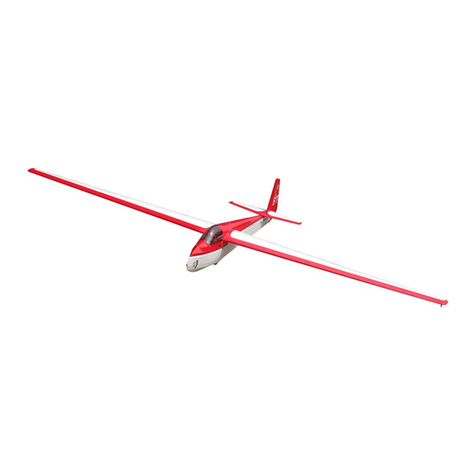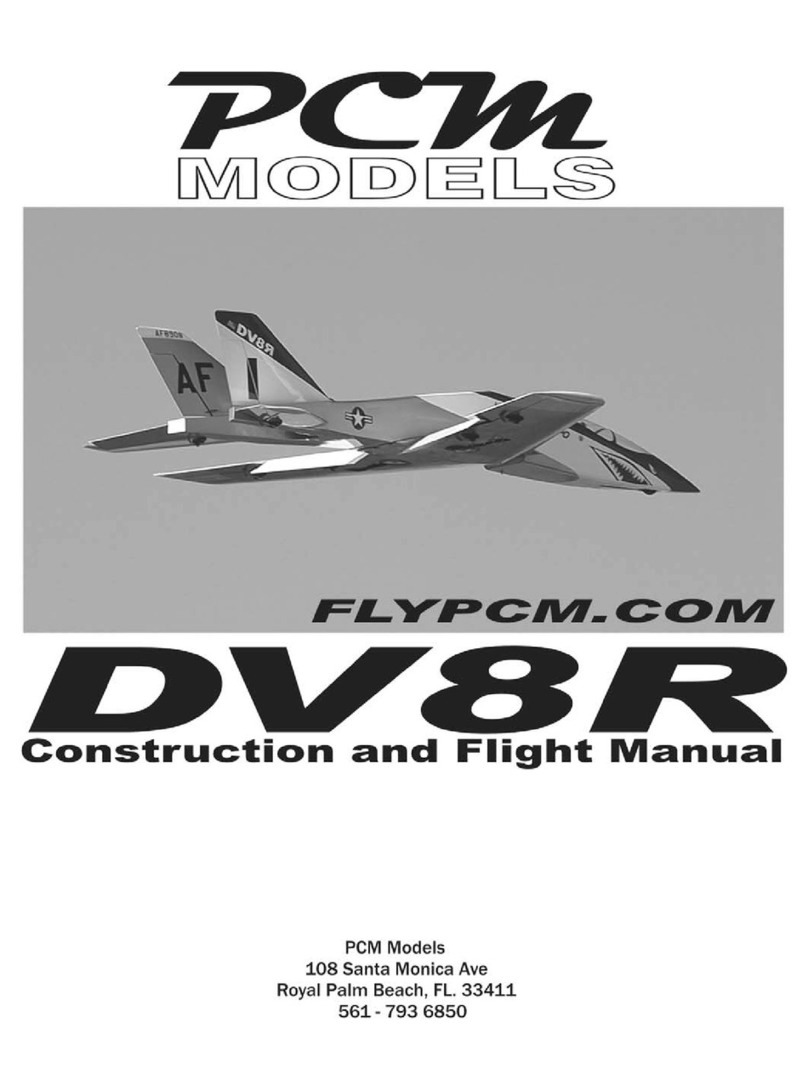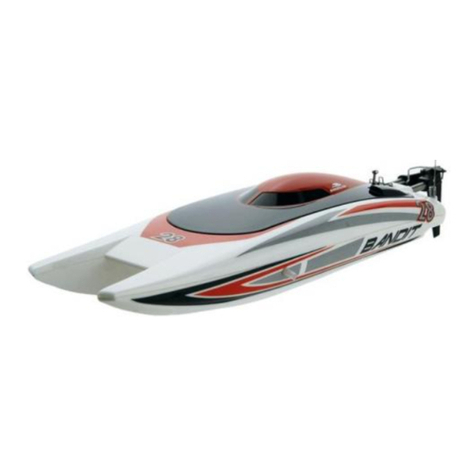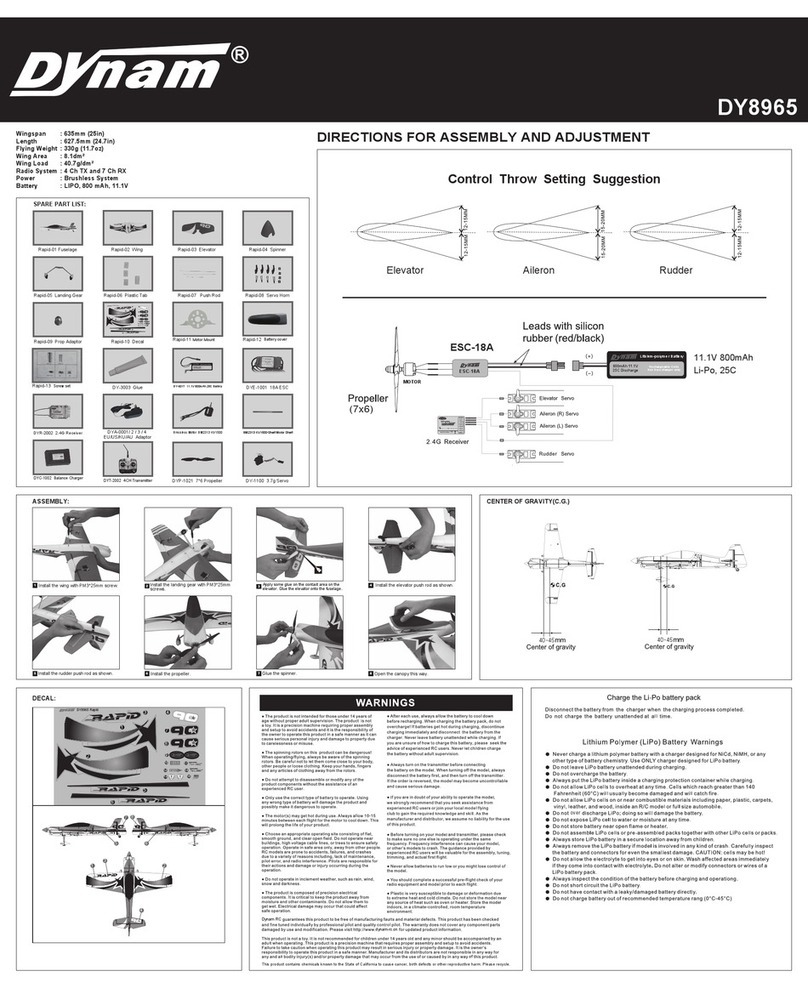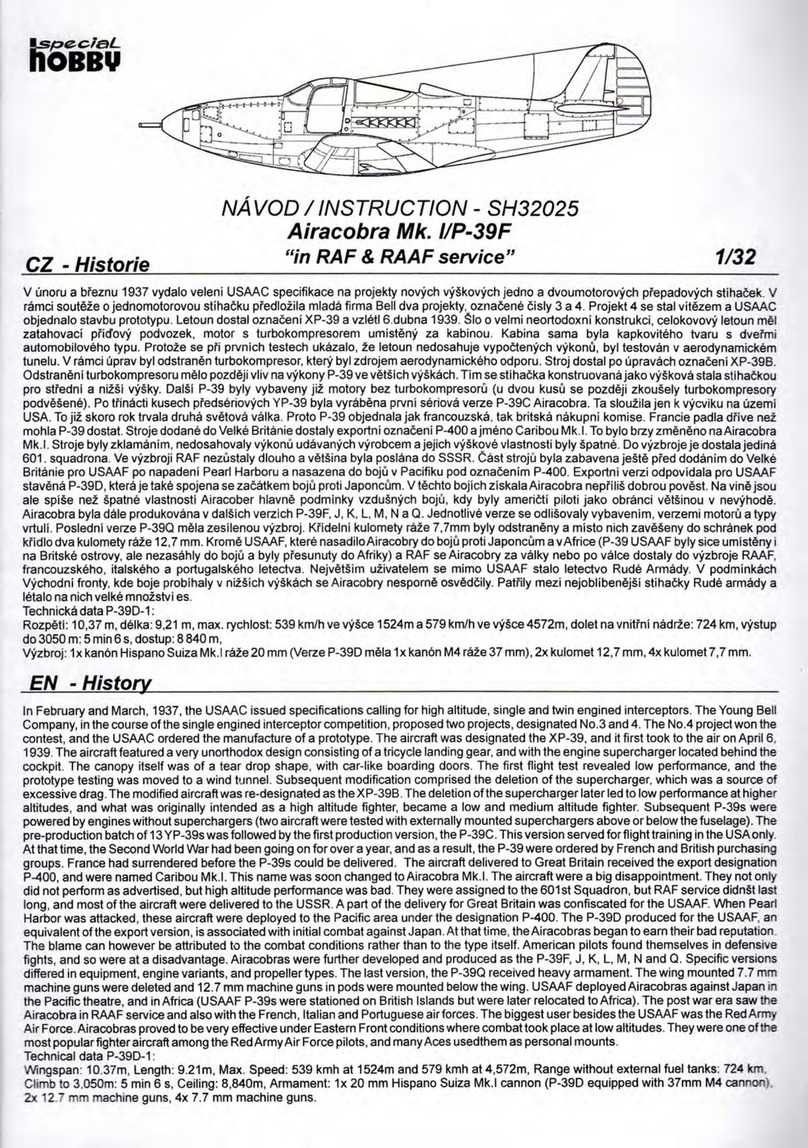
NÁVOD / INSTRUCTIONSH48117 CAC-13 Boomerang1/48V roce 1936 byla založena z popudu australské vlády letecká a motorářská firma Commonwealth Aircraft Corporation Pty, Ltd. Jasně vyvstávalo nebezpečí dalšího světového konfliktu a hrozilo, že při odříznutí od zásobovacích tras by nebyl možný dovoz letadel. Samostatnost tak měla zajistit výroba vlastních nebo licenčních letadel. Šéfkonstruktérem se stal L. Wackett. Prvním typem byl na základě licence amerického NA-33 (předchůdce AT-Texanu) vyvinutý cvičný a bitevní A-20 Wirraway. Dalším typem stavěným v sérii byl letoun pro základní výcvik CA-6 Wackett. Když 7.12.1941 vypukla válka v Pacifiku, ocitla se Austrálie v přímém ohrožení, zejména, když prvotní japonské úspěchy byly velmi pronikavé. Z Japonci obsazených ostrovů byl několikrát bombardován sever Austrálie.V únoru 1942 australská vláda zadává firmě CAC urychlený vývoj stíhacího letadla a zároveň objednává výrobu série. Za šestnáct týdnů tým L. Wacketta zkonstruoval na základě Wirrawae stíhací letoun poháněný jediným dostupným motorem, v Austrálii licenčně vyráběným R-1830 a vyzbrojeným dvěma kanony a čtyřmi kulomety. První prototyp zalétaný 29. května 1942 dostal označení CA-12 a jméno Boomerang. Konstrukce byla smíšená. Trup měl trubkovou konstrukci, potah trupu na přídi byl z duralu, za kabinou z překližky. Křídlo mělo duralovou konstrukci i potah. Jen křidélka byla potažena plátnem. Testy ukázaly, že za jinými stíhačkami Boomerang zaostává v rychlosti jak ve vodorovném tak střemhlavém letu, ale překonává je obratností. Sériová výroba začala ihned a dal a 105 objednaných strojů. Na ně navázala série mírně zlepšených CA-13, poslední sériovou verzí byla CA-19. Většina CA-19 byla postavena v průzkumné verzi s kamerou v trupu. V prototypu zůstala verze CA-14/14a s turbokompresorem. Boomerangy byly urychleně dodány squadronám RAAF čísel 83, 84 a 85, které hájily sever Austrálie. Dále je obdržely squadrony č.4. na Nové Guinei a č. 5. na Bougainvillu. Protože ve vzduchu se protivníci příliš nevyskytovali, začali „Boomer Boys“sloužit v roli přímé podpory pozemních jednotek, průzkumu a vyhledávání cílů pro stíhací bombardéry. Tato činnost je proslavila. Mimo to samozřejmě sloužily k výcviku v jednotkách OTU. V roce 1946 byly Boomerangy vyřazeny ze služby v RAAF. Do dnešních dnů se zachovalo několik strojů, zrekonstruovaných z trosek díky nezměrnému úsilí nadšenců pro tyto krásné letouny. Díky jejich pomoci jsme mohli připravit i tento model. Technické údaje: Rozpětí: 10,97, délka: 7,77 m, max. rychlost ve výšce 4 724m: 491 km/h, stoupavost u země: 14,9 m/s, dostup: 10 363 m, dolet/dolet s přídavnou nádrží: 1 497 km/3 050 km By the impulse from Australian government the Commonwealth Aircraft Corporation Pty, Ltd. aircraft and engine company was founded in 1936. The danger of new World conflict was obvious and the threat of supply routes being cut off would signify that no aircraft could have been imported anymore. The production of domestic designs or license built aircraft could ensure the independence. The Chief designer became L. Wackett. The first type to be produced was training and ground support A-20 Wirraway. It was developed using license built US NA-33 (Texan predecessor). The next series built aircraft was CA-6 Wackett intended for basic training. When the war had broken out in Pacific on December 7, 1941 Australia was in direct exposure, especially when the initial Japanese successes were stunning. The North Australia was several times bombed by Japanese aircraft based at captured islands. In February 1942 Australian government had ordered CAC to quick development and series production at a time of a new fighter aircraft. Design team of L. Wackett designed new fighter aircraft in sixteen weeks. The new aircraft was based on Wirraway ad it was powered by the only available engine, license built R-1830, and its armament consisted of two cannons and four machine guns. The first prototype designated CA-12 was test flown on May 29, 1942 and was named Boomerang. The design of the aircraft was of mixed construction. The fuselage featured tube structure; nose and cowling had duralumin skin, behind the cockpit it was covered by plywood. The wing featured both duralumin structure and skin with ailerons being cloth covered. The Boomerang trials proved the compared to other fighters it's slower in both level and dive flight but it succeeds them in maneuverability. The series production had started immediately and 105 ordered aircraft were delivered. Slightly improved CA-13 followed the first series and the last mass produced version was CA-19. Most of the CA-19s were produced as reconnaissance version with fuselage built photo camera. CA-14/ 14a equipped with supercharger stayed in the prototype design only. Boomerangs were promptly delivered to RAAF No. 83, 84 and 85 squadrons that protected the North Australia. Further they were assigned to No.4 Squadron based in New Guinea and No.5 based in Bougainville. Since enemy air actions were limited the “Boomer Boys” started with support of ground units, reconnaissance and target locating for fighter bombers. And it was these actions that Boomerangs became famous for. Boomerangs also served with OTU units for training. RAAF Boomerangs were withdrawn from active duty in 1946. Only a few Boomerangs survived to the present days. They were reconstructed using salvaged aircraft and wrecks by the enormous efforts of the enthusiasts that love these aircraft. Thanks to their help we were able to produce this kit.Technical data: Wingspan: 10.97 m, Length: 7.77 m, Max. Speed at 4,724 m: 491 Kmh, Clinb Rate: 14.9 m/s, Ceiling: 10,363 m, Range/ with external fuel tank: 1,497 km/ 3,050 km
"This model has been made possible by extensive research by Dick Hourigan in Melbourne, Australia”

















